This paper presents a simulation of onshore energy conversion system connected to the electric grid and under an event-based supervisor control based on deterministic version of a finite state machine. The onshore energy conversion system is composed by a variable speed wind turbine, a mechanical transmission system described by a two-mass drive train, a gearbox, a doubly fed induction generator rotor and by a two-level converter. First, mathematical models of a variable speed wind turbine with pitch control are studied, followed by the study of different controller types such as adaptive controllers and predictive controllers. The study of an event-based supervisor based on finite state machines is also studied. The control and supervision strategy proposed for the onshore energy conversion system is based on a hierarchical structure with two levels, execution level where the adaptive and predictive controllers are included, and the supervision level where the event-based supervisor is included. The objective is to control the electric output power around the reference power and also to analyze the operational states according to the wind speed. The studied mathematical models are integrated into computer simulations for the onshore energy conversion system and the obtained numerical results allow for the performance assessment of the system connected to the electric grid. A comparison of the onshore energy conversion system performance without or with the supervisor is carried out to access the influence of the control and supervision strategy on the performance.
Environmental degradation and climate change exacerbate the challenges humanity faces. Coping with climate change, controlling environmental pollution and promoting harmonious coexistence between man and nature have become the core issues of sustainable development of the global economy and society. The Sustainable Development Goals and the Paris Agreement on Climate Change indicate a fundamental re-organization of both the financial system and the economy it serves and also imply an intensive study of the current economic and financial development model of every country. Hence, aligning finance with sustainability is subject to much research, experimentation and practice.
Green Finance (GF) is an international, interdisciplinary Open Access journal devoted to publishing peer-reviewed, high quality original papers in the field of green finance, environment, and sustainability research and practice. Green Finance interprets low-carbon topics from an economic perspective, and conducts quantitative research on green finance through carbon finance, carbon information disclosure and other aspects, so as to achieve win-win between economic value and social value. GF dedicates to providing speedy review to accelerate publication process. GF will focus primarily on original research articles, but will also publish reviews, editorials, letters, and conference reports.
Green Finance builds a much-needed platform for publishing original contributions and comprehensive technical review articles with a scope that spans all areas of green finance, green economics, and environmental and sustainable issues. A particular emphasis is placed on three aspects: Financial support for sustainable development, green financial products especially energy finance, and finance and R & D innovation.
Firstly, green finance research is an important means to promote the sustainable development of society, economy and ecology. Green finance is defined as comprising "all forms of investment or lending that consider environmental effect and enhance environmental sustainability" (Volz et al., 2015: 2). Sustainable investment and lending are significant aspects of green finance, considering sustainable standards, and environmental and climate risks. Besides, to align the financial system and policies with sustainable goals are also crucial for achieving a green transformation. Sustainability is without doubt a very important area of research, evidenced by its unprecedented growth in the last decade. In the field of academic research, sustainability-themed papers are becoming more and more prominent with rising awareness of challenges such as global climate change and resources shortage. With the development of the economy, the financial system and mechanism are continuously adjusted to mobilize and allocate financial resources reasonably and effectively and improve financial efficiency, so as to realize the effective operation and steady development of the economy and finance in the long run. The quantitative research of green finance can greatly promote the sustainable development of domestic and global economy and finance. The UNEP Inquiry (2015) identified five areas of emerging practice in embedding sustainable development into the financial system which are all worth studying in the near future: (ⅰ) enhancing market practice: Disclosure, analysis, risk management; (ⅱ) upgrading governance architectures: Internalizing sustainable development into financial decision-making of financial regulators and central bank; (ⅲ) encouraging cultural transformation: capacity building, behaviour, market structure; (ⅳ) harnessing the public balance sheets: Fiscal incentives, public financial institutions and central banks; (ⅴ) directing finance through policy: Requirements and prohibitions, enhanced liability.
Secondly, the GF tries to carry out a mission to identify, explore and promote the development and adoption of best environment-friendly and sustainable products and services at all levels of financial institution operations. Specifically, GF places unique emphasis on channeling finance to activities that promote energy efficiency. Nowadays, there are many energy efficiency financing opportunities in markets worth the attention of not only clients and institutions but also the researchers. A large number of studies focus on issues such as the relationship between energy price shocks and financial markets, financing and investment decisions made by energy firms, and carbon finance. These studies can be generalized into a common research theme—energy finance, which is also a subject of interest of this journal. The GF determines to publish innovative articles on the following five broad themes based on a brief review of the energy finance relevant literature: (ⅰ) Energy and financial markets; (ⅱ) Energy corporate finance; (ⅲ) Energy products pricing mechanism; (ⅳ) Energy derivative markets; (ⅴ) Energy risk management.
Thirdly, the GF also feels responsible to promote R & D and innovation finance. Nowadays, investments in R & D and innovation are at the heart of enterprises' competitiveness and on the top of countries' development strategies, so it is crucial and urgent to have a better understanding of the current and emerging drivers and barriers for R & D and innovation financing. Research on finance and R & D innovation has grown enormously in recent decades, producing a great number of results, and shedding new lights on many unresolved issues as well. It is well known that financial constraints and information asymmetries are important obstacles to R & D and innovation, but the great heterogeneity of companies calls for much more systematic and comprehensive empirical evidence based on proper indicators. The related issue of the gap between the external and internal costs of R & D investments also requires further research. What's more, the following topics are also in need of closer look and additional insights. (ⅰ) The dynamic relationship between financial behavior and enterprises' R & D innovation; (ⅱ) The magnitude and relative importance of the various external barriers to innovative activities; (ⅲ) Measurement of the squeezing effect of enterprise R & D innovation financing; (ⅳ) Accurately designed direct and indirect policy measures to ease access to investment in R & D innovation; (ⅴ) Comparative analyses on more countries or clusters of homogenous regions on R & D financing related issues.
The editors of GF hope that the journal will be educational, provocative and practically useful to all sustainable research professionals and institutions. The editorial team and AIMS press are determined to see the journal become a leading platform for the exchange of scientific communication in sustainability, green economics and finance, and related areas. With an outstanding Editorial Board, we are determined to make the journal among the best in the field. We look forward to receiving your submissions, general feedback as to how the journal is progressing and suggestions for how it can be improved.
We, on behalf of the Editorial Board, extend an invitation to sustainable research professionals for contributions and continued patronage to the journal of Green Finance.











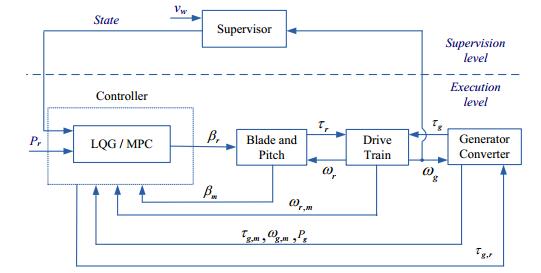

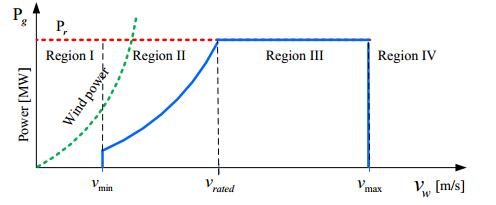

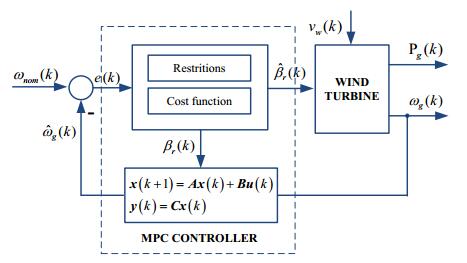
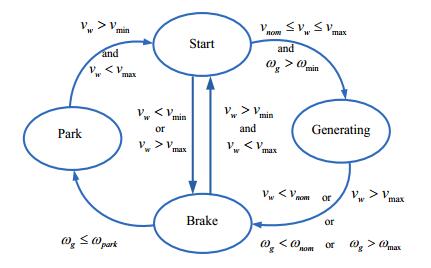
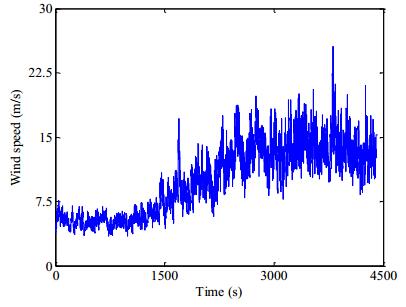

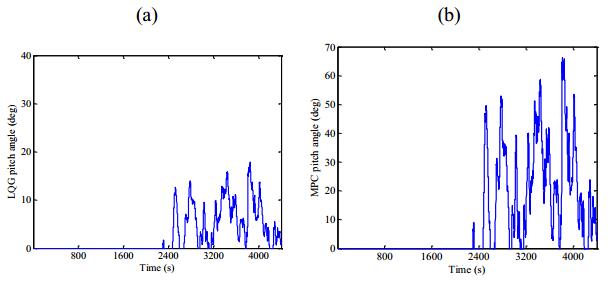
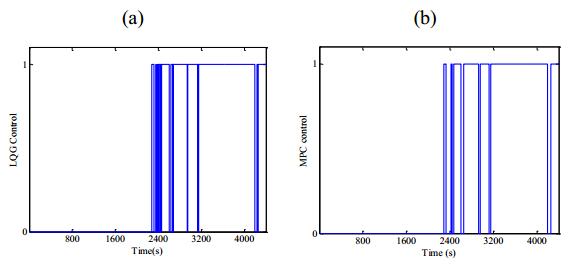

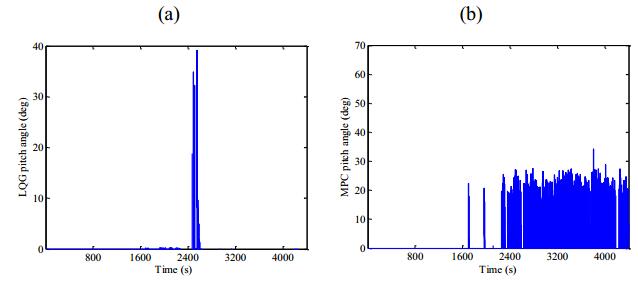
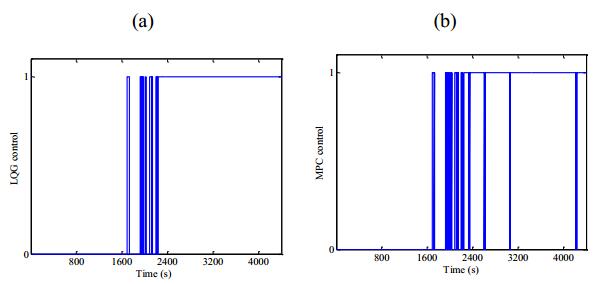


 DownLoad:
DownLoad: